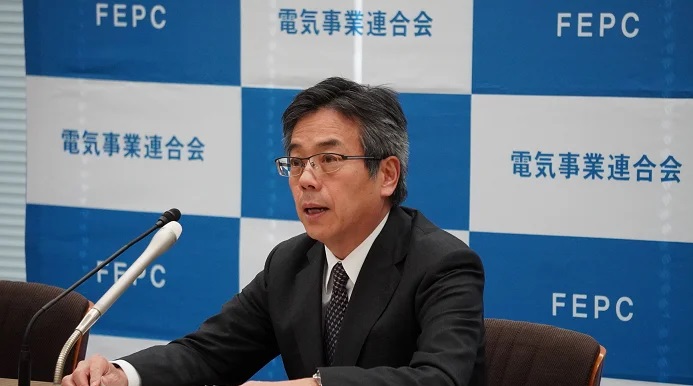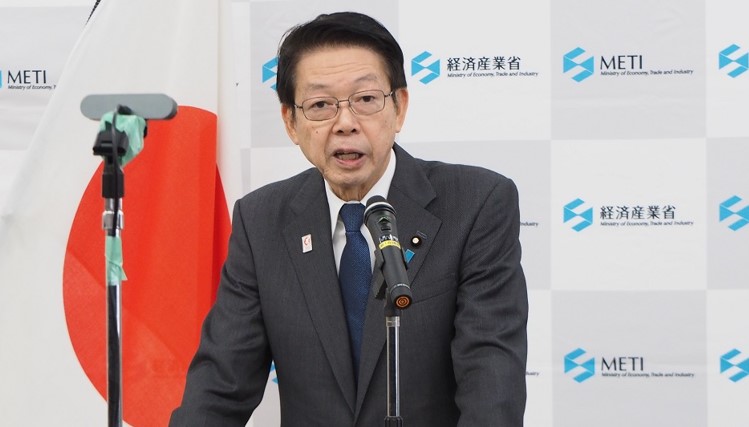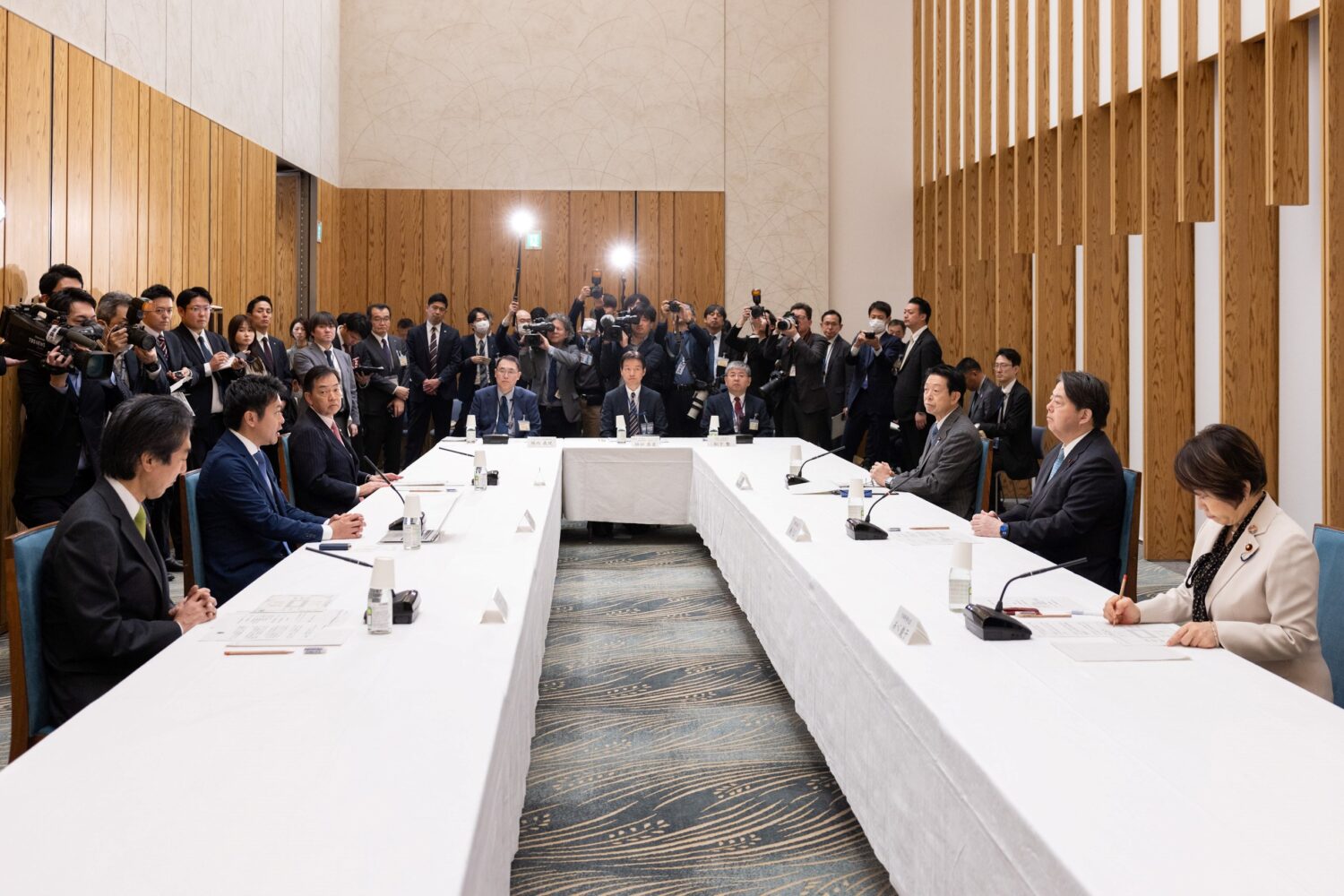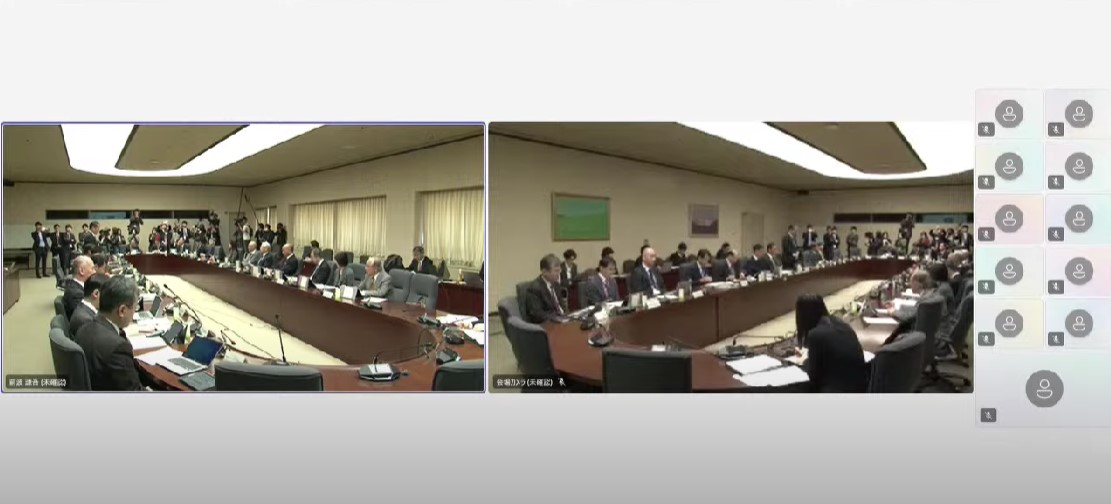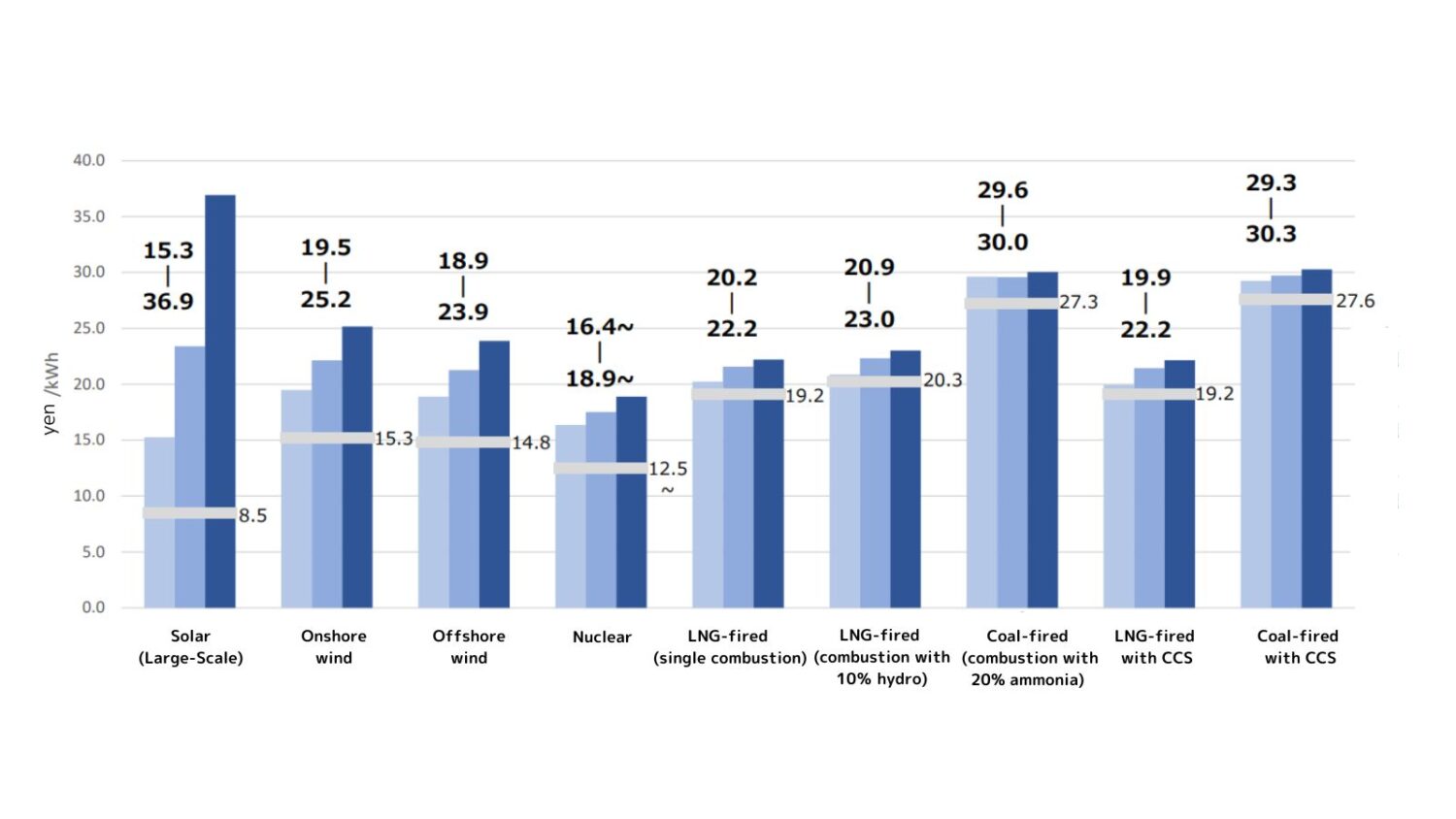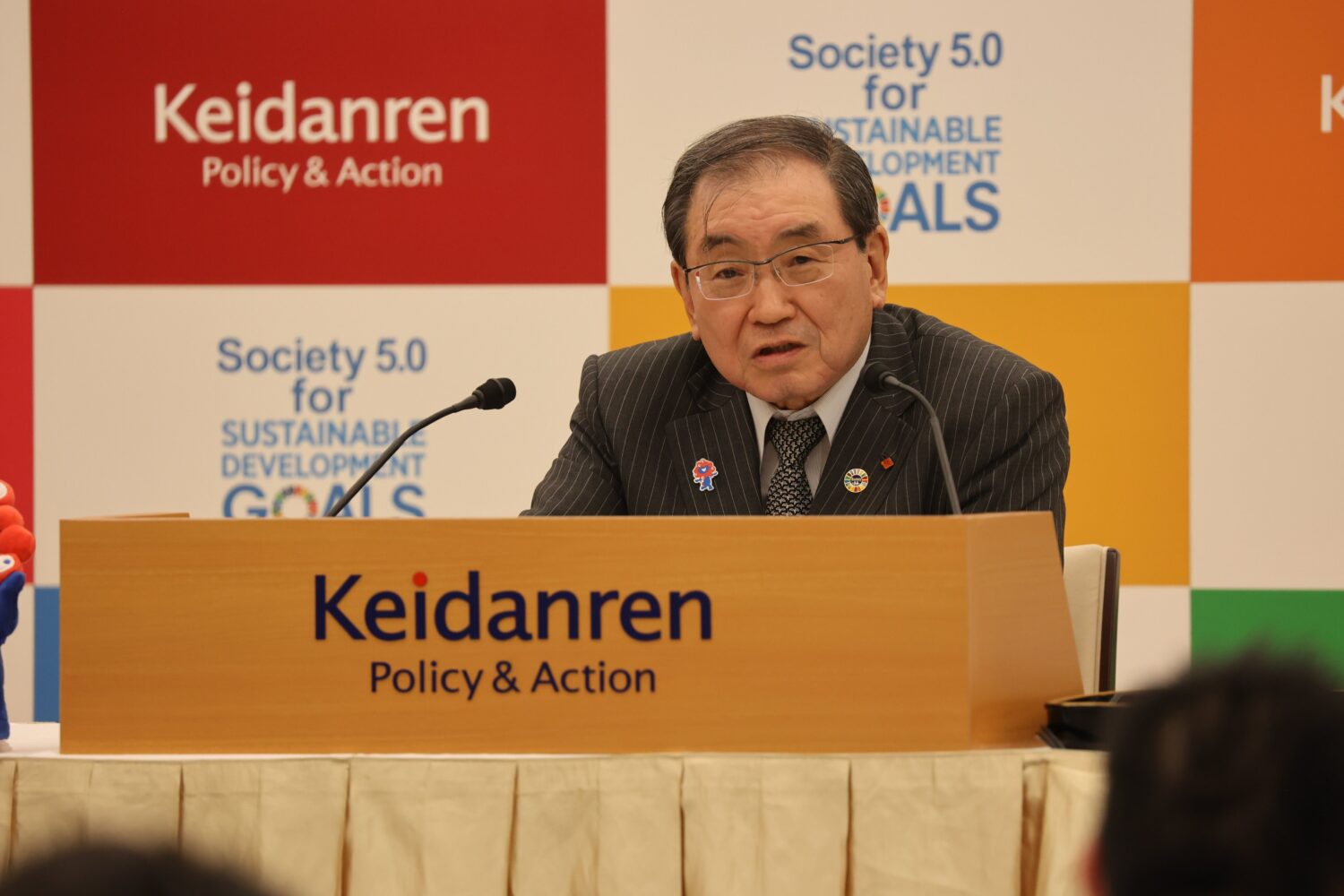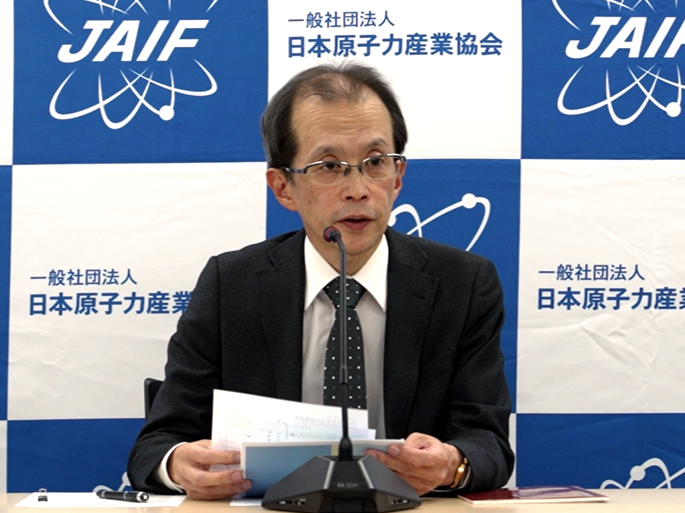At a press conference upon arriving at METI for the first time after assuming office, Minister Hayashi repeated that there would be “no recovery of Japan without reconstruction of Fukushima.” He expressed his determination to accelerate the Fukushima effort and to attempt to support the decommissioning of the Fukushima Daiichi Nuclear Power Plants, the premise of reconstruction.
Regarding the Ikata-3 NPP, owned and operated by Shikoku Electric Power Co., and where responses to the local community are in the final stage toward the resumption of operation, Hayashi said that he wanted to visit the plant “at the appropriate time” in coordination with the governor and other related parties.
A visit to the Ikata-3 was part of the eight-item request to the national government on safety measures made by the governor of Ehime Prefecture. The previous METI Minister Miyazawa had replied in writing on September 11 that he “would coordinate his visit for the appropriate time.”
On the subject of high-level radioactive waste (HLW) disposal, the new METI minister said that the waste issue “exists independently” of NPP restarts, and that “in any case, we will work on a resolution during our generation.”
Meanwhile, in response to a question on the selection of HLW disposal sites, he said that there was “no schedule,” indicating his intention to listen carefully to the opinions of local communities at each stage of the surveying to be carried out. He also said that the construction of new NPPs was “not being contemplated at this stage.”
Another fresh face in the reshuffled Abe Cabinet is Tsuyoshi Takagi, member of the House of Representatives from Fukui Prefecture, who became reconstruction minister. At a press conference at the prime minister’s official residence in Tokyo, he said it was “no exaggeration” that he had lived with nuclear power for 40 or 50 years.
He went on to stress that the accident at the Fukushima Daiichi NPPs “must be taken seriously,” adding that next year (2016)—the fifth year since the giant earthquake that struck northeast Japan—would be a “critical juncture.”
As for the reconstruction of the various prefectures in the region, he said that he hoped that Miyagi and Iwate Prefectures would soon be entering “the second stage,” while “Fukushima unfortunately has not come that far.” Takagi said that it was his intention to strive for reconstruction measures that matched the needs of each region.
 At another press conference at the official residence, Tamayo Marukawa, a member of the House of Councillors and the newly-appointed environmental minister and minister of state for nuclear emergency preparedness, spoke of her commitment to “give my all” on the Fukushima reconstruction challenges of decontamination, waste treatment and residents’ health management.
At another press conference at the official residence, Tamayo Marukawa, a member of the House of Councillors and the newly-appointed environmental minister and minister of state for nuclear emergency preparedness, spoke of her commitment to “give my all” on the Fukushima reconstruction challenges of decontamination, waste treatment and residents’ health management.
She also referred to the upcoming COP21 (to be held in Paris from November 30 to December 11), and said that Japan should take the lead on global warming measures.





